Where are some of the best Places to see a wildebeest migration in Africa?
- Home /
- blog post
A must-see for every nature lover, the wildebeest migration is one of Africa's most famous natural spectacles. You may see this breathtaking display at a number of locations, including:
- Tanzania's Serengeti National Park is the most well-known location to view the wildebeest migration. The wildebeest migrate in the Serengeti normally between the months of June and July, traveling from the southern plains to the northern plains in search of new grass.
- The wildebeest migration also occurs in the Masai Mara National Reserve in Kenya, which is situated in the country's southwest. The wildebeest migrate from Tanzania's Serengeti to Kenya's Masai Mara normally between the months of July and October in search of pasture and water.
- Tanzania's Ngorongoro Conservation Area is another excellent location to view the wildebeest migration. It is situated in northern Tanzania. The wildebeest migrate from the Serengeti to the Ngorongoro Crater normally between the months of December and May in search of pasture and water.
- Tanzania's Grumeti Reserve, a private wildlife reserve, is home to a significant wildebeest population. It is situated in the country's northwest. The wildebeest migrate from the Serengeti to the Grumeti Reserve normally during the months of May and July in search of pasture and water.
- Tanzania's Loliondo region is another excellent location to view the wildebeest migration. It is situated in northern Tanzania. The wildebeest migrate from the Serengeti to the Loliondo region usually in the months of June and July in search of pasture and water.
It's crucial to remember that the time of the wildebeest migration can change from year to year and depends on a variety of variables, including the weather, the availability of grass and water, and other environmental conditions. To figure out when to go and observe the migration, it's a good idea to speak with a local tour guide or a park ranger.
When do animals migrate across Africa?
African wildlife migrates in different ways depending on the species and the region. While some migrations occurs on a seasonal basis, others could occur less frequently.
The yearly wildebeest migration in Tanzania and Kenya's Serengeti-Mara habitat is a well-known illustration of wildlife movement in Africa. During this migration, tens of thousands of wildebeest and zebras move from Tanzania's Serengeti National Park to Kenya's Maasai Mara National Reserve. Although the exact period can vary from year to year based on factors like rainfall and grass growth, the migration normally occurs between June and August.
Elephant migrations in Botswana, antelope migrations in Namibia, and flamingo migrations in East Africa are a few other examples of wildlife migrations in Africa.
What Animals Migrate in Africa?
In Africa, a wide variety of animals migrate, including huge mammals like elephants, zebras, antelopes, and wildebeest. Various fish and bird species, flamingos, monarch butterflies, and other creatures also migrate through Africa.
These animals can migrate in a variety of ways and follow different paths. For instance, the annual wildebeest migration in the Serengeti-Mara habitat involves a 1,200 mile (2,000 km) circular journey. In contrast, the elephant migration in Botswana travels in a straight line between the Chobe National Park and the Okavango Delta for about 500 miles (800 kilometers).
Many species in Africa rely on migration as a key survival tactic to help them get to the food, water, and favorable habitats they require to survive. Additionally, it is essential for maintaining biodiversity and the health of ecosystems.
Where is Africa's Great Migration?
The yearly wildebeest migration that occurs in the Serengeti-Mara environment in Tanzania and Kenya is referred to as "The Great Migration." During this migration, tens of thousands of wildebeest and zebras move from Tanzania's Serengeti National Park to Kenya's Maasai Mara National Reserve.
East Africa is home to the Serengeti-Mara ecosystem, which spans about 30,000 square miles (77,700 square kilometers). It contains the Maasai Mara National Reserve in Kenya, one of the most well-known places to see wildlife in Africa, and the Serengeti National Park in Tanzania, which is a UNESCO World Heritage Site.
Although the exact period can vary from year to year based on factors like rainfall and grass growth, the wildebeest migration normally occurs between June and August. The wildebeest and zebras migrate in a circular pattern between the Serengeti National Park and the Maasai Mara National Reserve in search of food and water. This path totals about 1,200 miles (2,000 kilometers).
The Great Migration Africa Animals
Every year, enormous herds of animals, including wildebeest, zebras, and gazelles, migrate through the savannas and grasslands of Africa in search of food and water. This occurrence is known as the Great Migration. Each year, thousands of people flock to see the magnificent animals on this epic, hundreds-of-mile-long trip, which is one of the most breathtaking wildlife occurrences in the entire world. The Serengeti-Mara environment, which includes sections of Tanzania and Kenya, is traversed by millions of animals during the Great Migration, which normally occurs between the months of July and October.
The need to escape predators, variations in temperature and rainfall patterns, and the availability of food and water are some of the causes that cause migration. Each year, the animals travel a predetermined path from the southern Serengeti to Kenya's Maasai Mara National Reserve. They face numerous obstacles along the road, including as navigating rivers, avoiding predators, and coping with scarce nutrients. Despite these difficulties, the Great Migration is an event that is simply breathtaking to witness and a monument to how adaptable and resilient Africa's wildlife is.
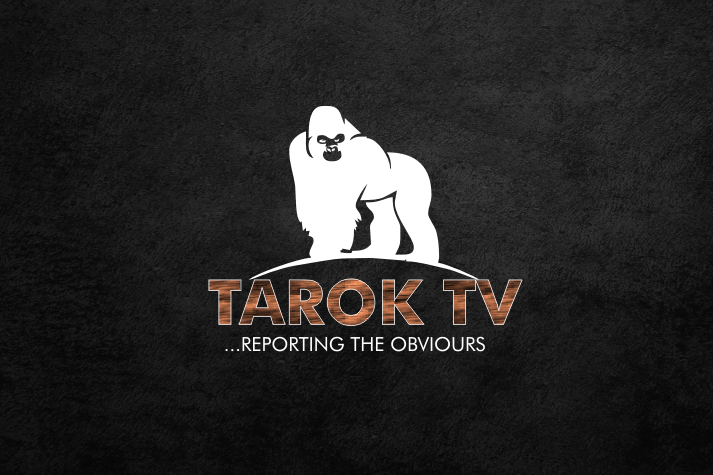
About Admin - Admin
TarokTv, ...Reporting the obvious.
Contact
Phone number: 07062319173
Email: [email protected]
Reach out to us with any news or article.
leave a comment
1 comment
Latest Articles

Success leaves clues, and those who seek to make a difference must study the lives of those who…
read more
Langtang, a town in Plateau State, Nigeria, is not just another dot on the map but a significant origin for…
read more
Brief Biography of Gen. (Senator) Jeremiah Timbut Useni
Early Life and Education:
Jeremiah Timbut Useni, often referred to as "Jerry Boy," was born on February 16, 1943,…
read more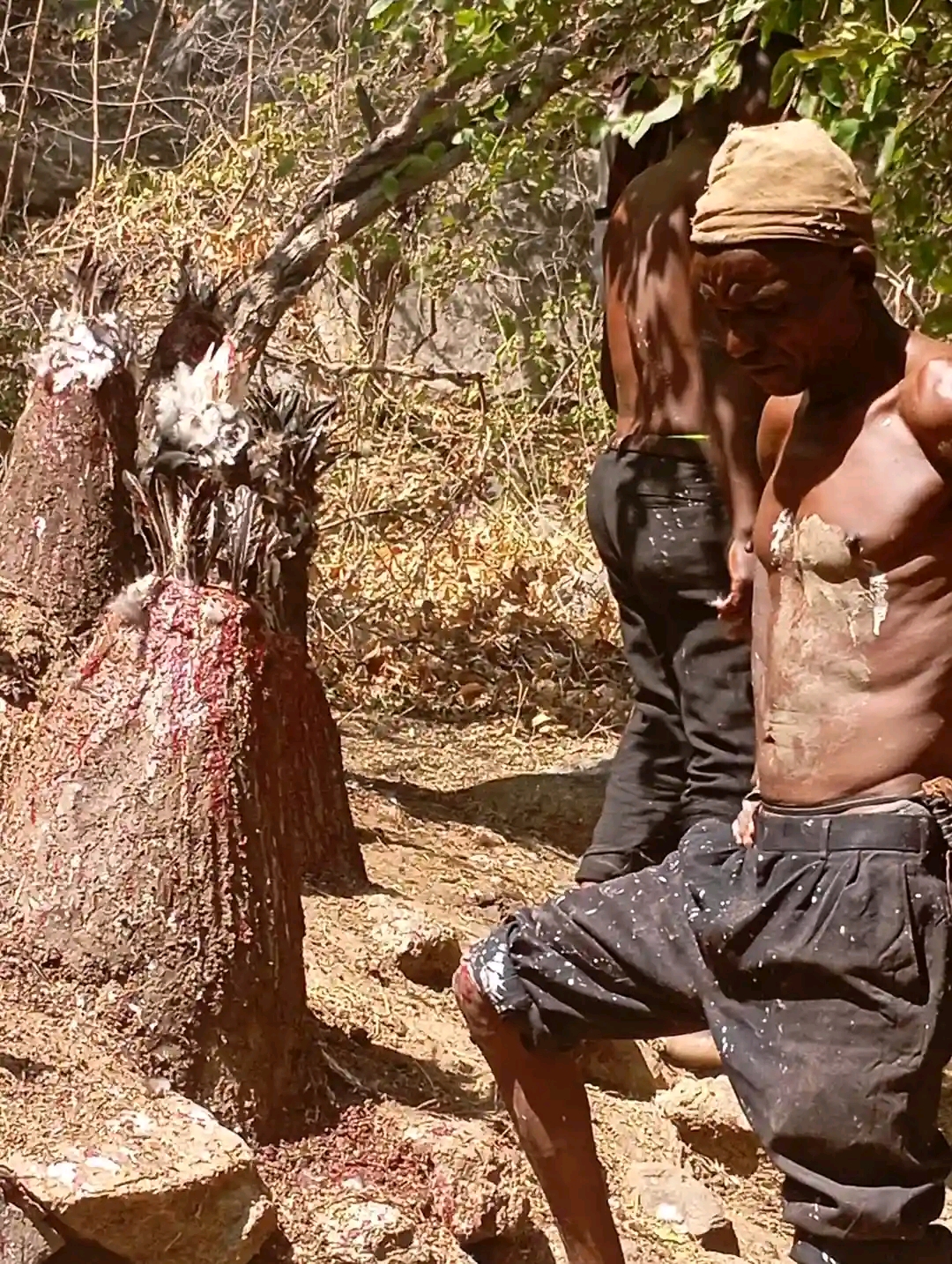
The Ibiari: A Sacred Tradition in Tarok land
The Ibiari Oga Sa festival, an annual tradition in Tarokland, was celebrated today as part of the year-end observance marking…
read more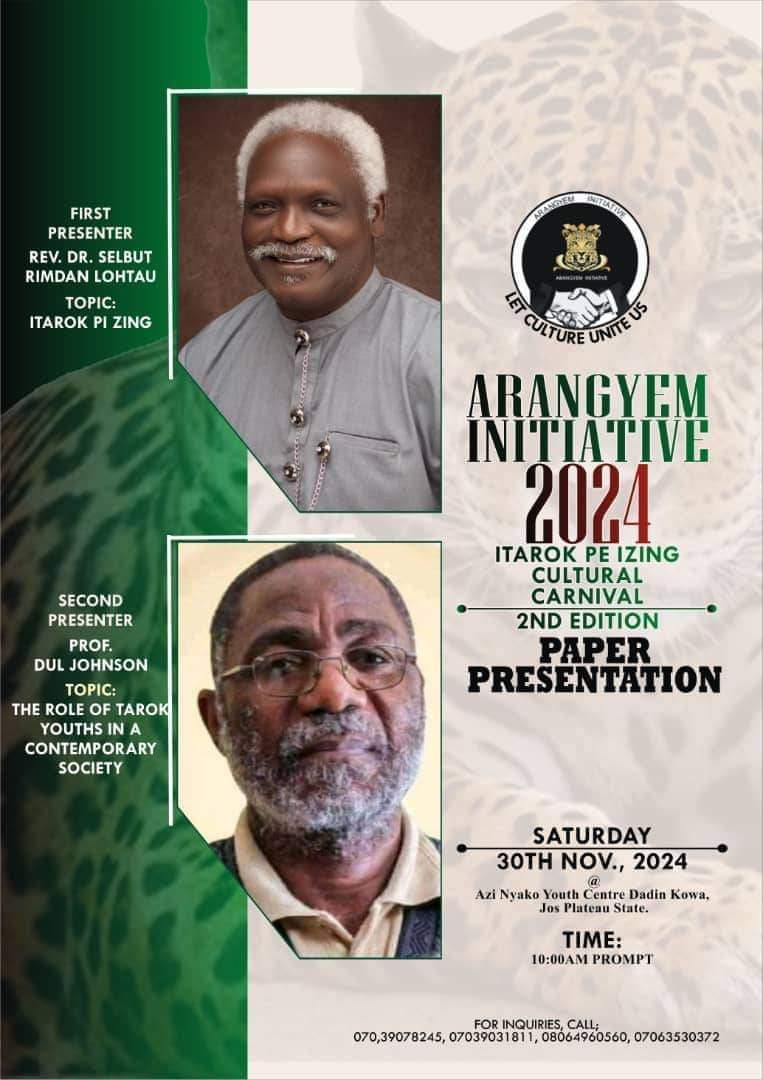
ITAROK PA IZING BY REV. DR. SELBUT LONGTAU
A PAPER PRESENTATION AT ITAROK PA IZING 2ND CARNIVAL HELD AT THE AZI NYAKO YOUTH CENTRE, JOS, 30TH NOVEMBER, 2024
… read more
TarokTv News: The Return of "Gathering of Bookworms" - A Literary Revival in Langtang North/South
TarokTv is thrilled to announce the upcoming edition of the Gathering of Bookworms, a celebrated event aimed at uniting the…
read moreLatest Albums
Recent videos
Copyright © 2020 - TarokTv designed by Taroktv Media.

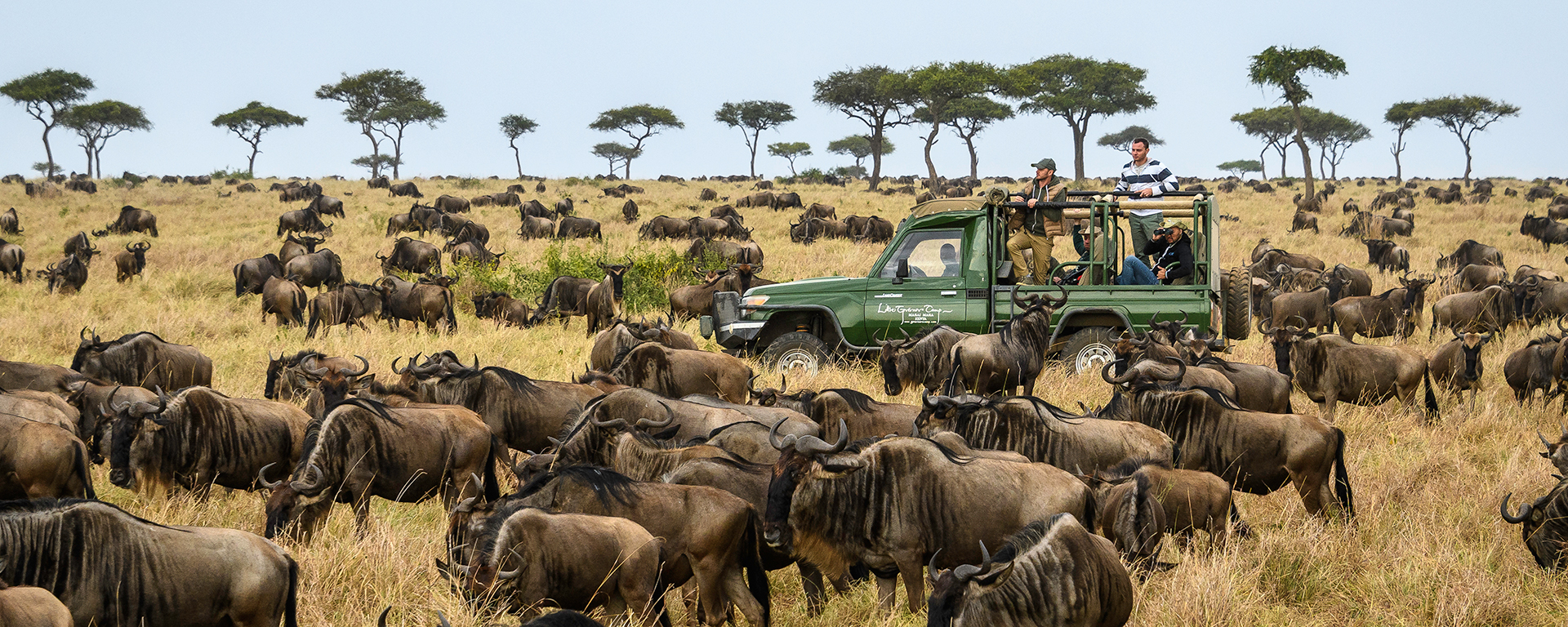



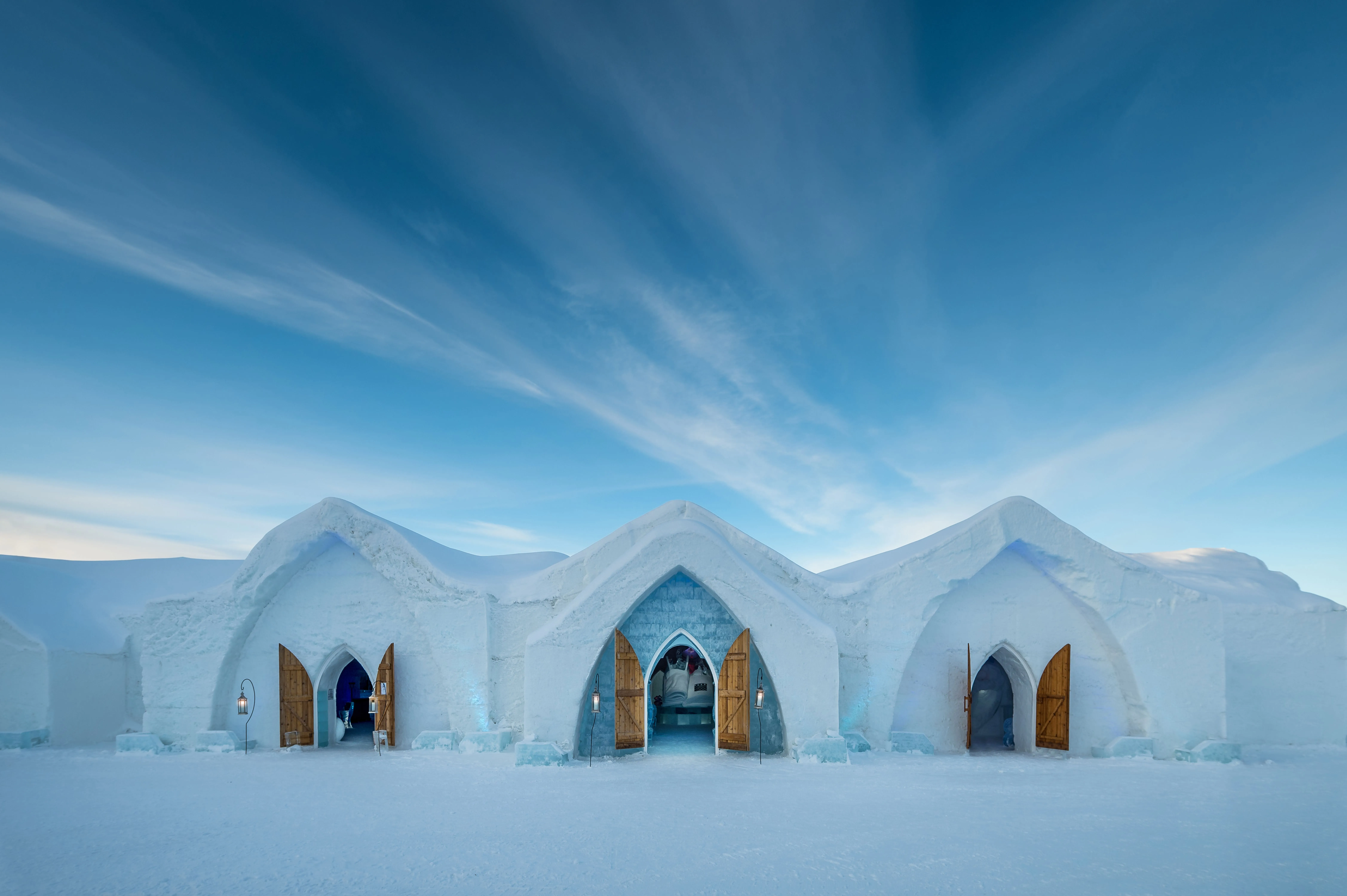


It's an amazing article designed for all tthe internet people; they will get advantage from it I am sure. http://boyarka-inform.com/